
Did you find sudden lumps under your dog's skin? It's common to find lumps and bumps on all types of dogs. Growths, tumors, cysts, and masses can appear on dogs at any age, but they are among the most common health issues seen in older dogs.
As a dog owner, it's helpful to understand the different types of growths you may encounter. Any persistent, unusual mass or growth should prompt an immediate call to your veterinarian.
Most veterinarians will call any unknown lump or bump a growth, mass, or tumor. In general, the terms can be used interchangeably, but most vets avoid the word tumor unless the mass has been determined to be a type of cancer.
Abnormal growths can occur anywhere on the body or in the mouth. Warning signs include:
A lipoma is a fatty tumor just below the skin. It is a benign (non-cancerous) lump made up of fatty tissue.
There are many kinds of growths that can develop in your dog's mouth. Some growths cannot be easily seen but will cause signs like bad breath, trouble chewing, difficulty holding things in the mouth, oral pain, and pawing at the face or mouth. Of course, these signs could also indicate dental disease and should not be ignored.
Some oral tumors can affect the teeth and bones in the mouth and face. If your dog has an oral mass, your vet will likely recommend putting your dog under anesthesia so a thorough examination and radiographs can be done.
Lymphoma is not actually a tumor; it is a cancer of certain cells within the immune system. However, the first sign of canine lymphoma is often an enlargement of the lymph nodes, which can look and feel like tumors.
Pet owners most often notice lumps in the neck area, but they may also be found in the axillary area (armpits), the inguinal area (lower abdomen near thighs), and the back of the knees. Lymphoma is often diagnosed with a fine needle aspiration or biopsy. Chemotherapy is the most common treatment for lymphoma.
If you notice that your dog is walking with a gait, favoring a leg, or is behaving otherwise lame, it could be a swollen growth affecting a bone that you can't feel. Regardless of whether it's a tumor, growth, or cyst, the area is likely tender and your dog is in pain, which requires a visit to the vet for diagnosis.
As with humans, it's tough to pinpoint the direct cause of a tumor, growth, or cyst in an animal. However, the environment or an illness is thought to possibly cause skin problems in dogs. Genetics can also play a major role in the development of other types of tumors, growths, and cysts.
When a lump has been discovered, your veterinarian will perform a physical examination. If the lump is very new and potentially temporary (like the result of a bug bite or an injection), the veterinarian may recommend a period of observation, but in most cases, they will perform additional diagnostics to determine the type of cells that comprise the mass. This usually means collecting a sample of the material from the mass and analyzing it under a microscope.
A veterinarian typically collects these samples via fine needle aspirate or biopsy. Evaluation of the samples (often performed by a pathologist) can indicate whether the mass is cancerous, and if so, what type of cancer is present.
If your veterinarian diagnoses your dog with cancer, additional diagnostics will most likely be recommended, including:
Some advanced diagnostics and treatments must be performed by a veterinary specialist.
If a fine needle aspirate is not effective (or if your vet thinks it's not the best option) the next recommendation is usually a biopsy. A biopsy is often performed with the dog under general anesthesia or sedation, but local anesthesia may be used instead depending on the size and location of the mass.
The biopsy may be performed by using a special large needle. Or, the vet may cut into the mass surgically. In some cases, the entire mass is removed surgically and sent to a laboratory for identification.
If you and your veterinarian can be proactive with the treatment of your dog's tumor, growth, or cyst, the prognosis is often good. The smaller the tumor, growth, or cyst, the easier it will be to aspirate or remove, and often results in no additional treatments.
Many lumps, bumps, and growths cannot be prevented, but some can. For example, spaying your dog before her first heat cycle virtually eliminates the chances that she will develop mammary tumors.
In all cases, maintain a healthy diet and an active lifestyle for your dog and see your veterinarian at least annually for preventative care. Adhere to a regular grooming schedule and take note of any lumps or bumps that are new. A photo and a written record can help track growth and if you see rapid change, speak to a vet right away.

Cute Pictures & Facts About Calico Cats & Kittens
Learn fascinating facts about calico cats, including photos, the genetics behind this color combination, and common folklore and traditions.
How to Prevent Cat Separation Anxiety During Vacations
Discover why cats develop litter box problems and cat behavior problems when you go on vacation and what you can do about it to help them.
Cat Behavior Changes That Might Mean Something's Wrong
Cats' behavioral changes may indicate problems—or they may mean nothing at all. Explore causes of odd behavior and what to do about them.
Lhasa Apso: Dog Breed Characteristics & Care
The Lhasa apso is an ancient breed from Tibet that was bred to be a watchdog. Learn about its history, health, exercise needs, and more.
Reasons Why Dogs Run Away and How to Stop It
Dogs can escape, especially if they’re bored and not properly contained. Here are some techniques for stopping your dog from running away.
Can Dogs Get Depression? How to Help Your Sad Dog
Can dogs get depression? Learn about the signs of depression in dogs and find out how to help your sad dog.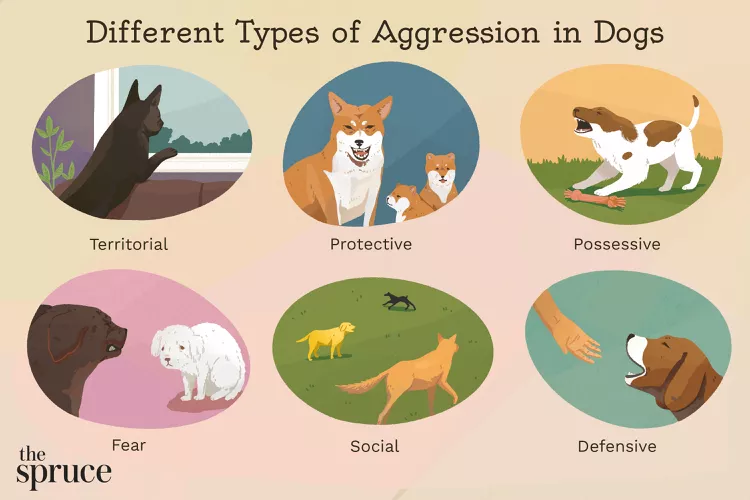
How to Stop Aggression in Dogs
Dog aggression can be a serious behavior issue for pet owners. Learn how to stop aggression in dogs before someone gets hurt.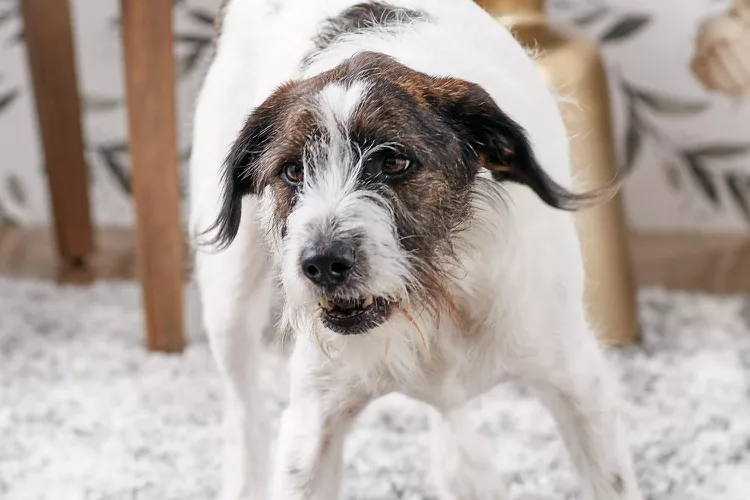
How to Stop Your Dog From Growling
A growling dog can soon become even more aggressive. Reduce the noise and potential for a dangerous situation with some of these techniques.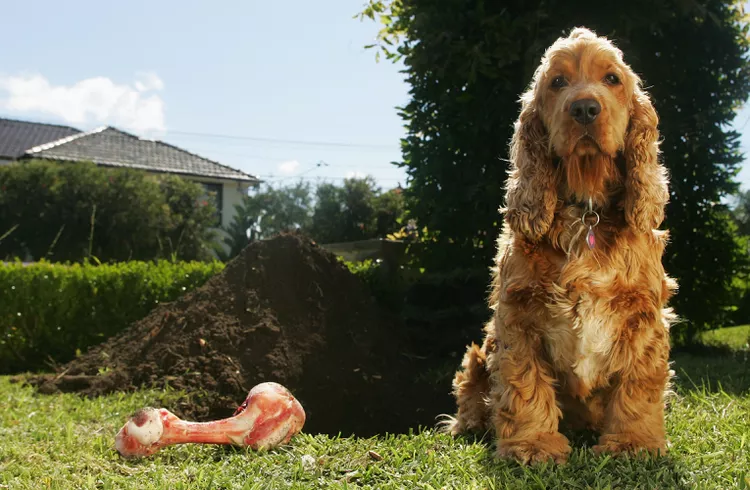
Why Do Dogs Dig Holes? How to Stop Your Dog from Relandscaping Your Yard
Dogs have been digging holes for centuries and for many reasons. Whether they’re bored or want to cool off in the dirt, here are the top reasons why dogs dig holes.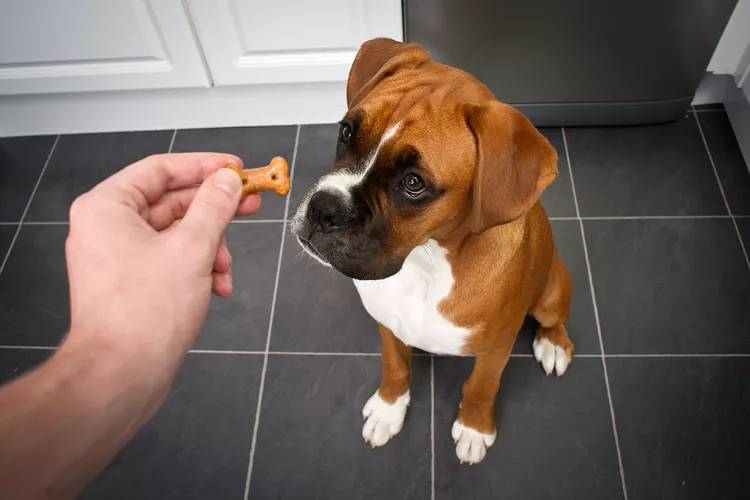
Dog Treat Varieties
Learn about the different types of dog treats on the market and decide which are best for your dog.
Can Dogs Eat Asparagus?
Dogs can eat asparagus, provided the vegetable is cooked plain and cut up for them. Seasonings, salt, and butter make it unhealthy for dogs.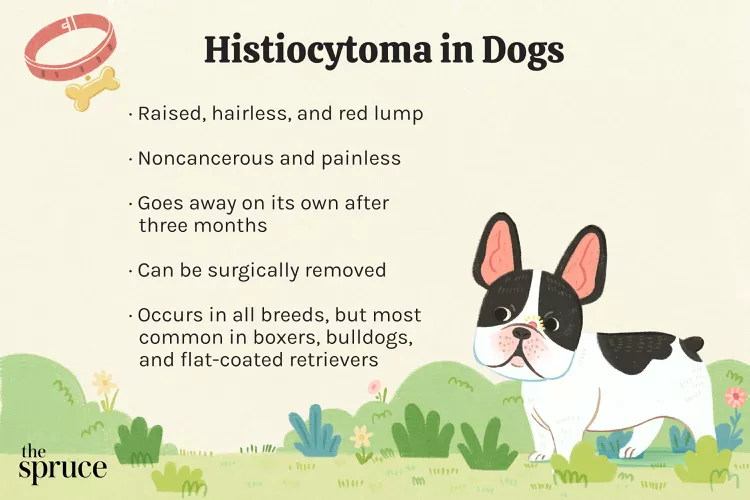
Histiocytomas in Dogs
A histiocytoma is a type of benign (non-cancerous) skin lump that usually affects young dogs. Learn the causes, treatment, and prevention.
Why Is My Dog’s Eye Swollen?
If your dog's eye is swollen, she may need veterinary attention. The inflammation could be caused by allergies, an injury, or even a tumor.
Common Bugs and Parasites Found on and Inside Dogs
Learn about common types of parasites in dogs. Find out how to treat and prevent parasites to keep your dog, your family, and yourself safe.
Exploring the Different Types of Pet-Friendly Beaches
Are you looking for pet-friendly beaches? Learn about the different types of pet-friendly beaches, their locations, and tips for visiting them with your pet.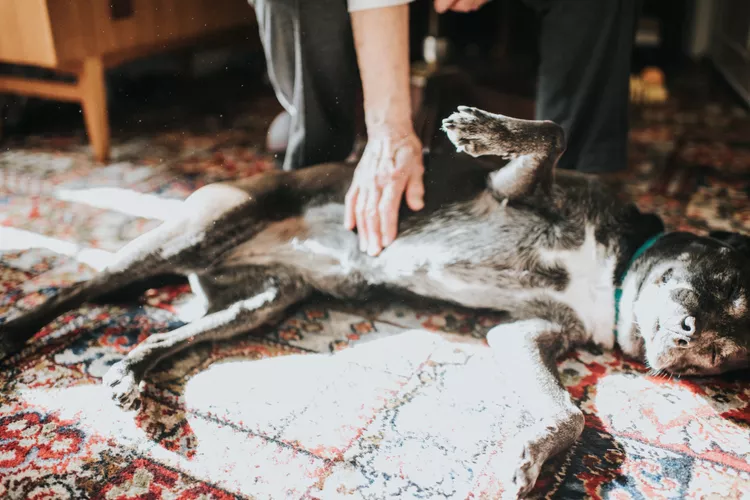
10 Obscure, Little-known Canine Facts in Honor of National Dog Day
With National Dog Day upon us, it's time to celebrate everything about our favorite pets—even the weirder stuff. Here are 10 obscure facts about dogs you probably didn't know.
Kitten Development From 3 to 6 Months Old
Kittens grow and change a lot during their first year. Find out what happens between the ages of three months and six months old.
95 Siamese Cat Names
Our list of Siamese cat names has diverse and fun options to help you choose the ideal moniker for your elegant and lovable feline companion.
What to Buy for Your New Cat: A List of Essentials
Before you bring your new cat or kitten home, there are a number of things to collect or buy so your cat will feel welcomed like a family member.
The 6 Best Cat Nail Clippers of 2024 for a Safe Trim
Clipping your cat's nails can save your furniture and keep your kitty comfortable. We asked veterinarians for their cat nail clipper recommendations.